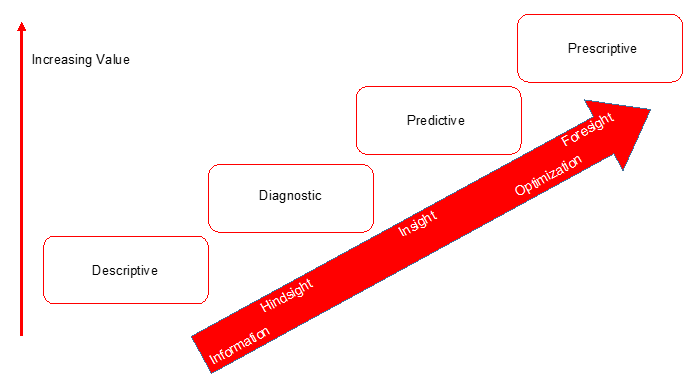Cost Modeling in the Cloud
In the previous chapter, we looked extensively at the FinOps processes and how we can implement these in an organization. We also looked at how costs are generated in the various cloud platforms by evaluating the provisioning of resources. Now we have to make sure that costs are allocated in the right way and that they are booked at the right level in the organization.
In this chapter, we will learn how to develop and implement a cost model that allows us to identify cloud costs (showback) and allocate (chargeback) costs to the budgets of teams or units. Before we do that, we must understand the principle of cost coverage, the types of costs in the cloud, and how rates are set by providers.
In this chapter, we’re going to cover the following topics:
- Evaluating the types of cloud costs
- Building a cost model
- Working principles of showback and chargeback





